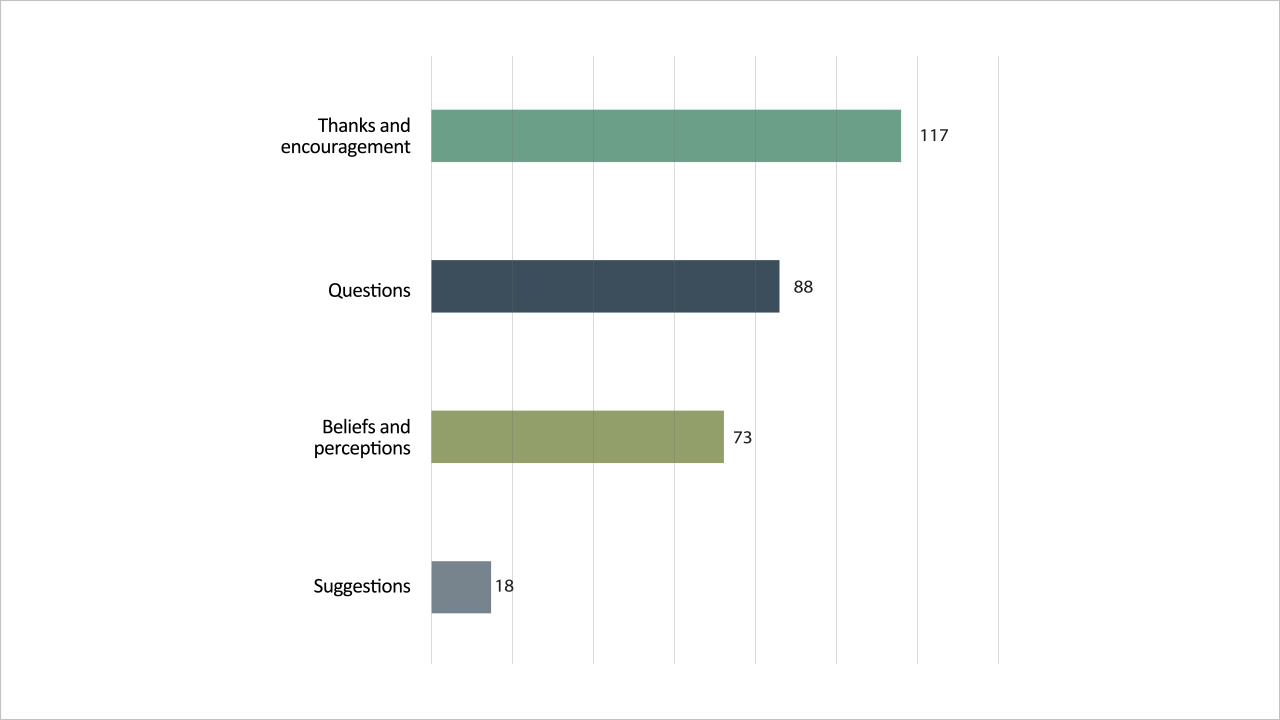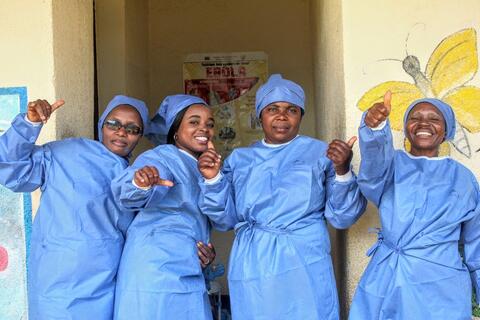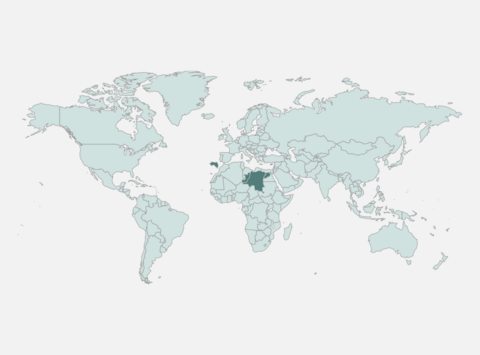Introduction
The outbreak of monkeypox (mpox), declared a public health emergency of international concern in August 2024, has exacerbated health challenges in many parts of Africa1 . In Cameroon, mpox is a recurring public health challenge2 . Between 1979 and 2022, the mpox surveillance system in Cameroon identified 137 suspected cases. Historical data show several outbreaks, with 2 confirmed cases in 2019 and 2020, and 6 cases in 20213 . By the 52nd epidemiological week of 2024, 150 suspected cases and 6 confirmed cases had been reported. In view of the outbreak in 2024, the Ministry of Public Health set up an incident management system to ensure a coordinated, multi-sectoral response. The Cameroon Red Cross, with its strong community base, played a central role in risk communication and community engagement. In order to better understand the perceptions, fears and needs of communities, and to inform response strategies, the Red Cross collected and processed 292 community feedbacks on mpox between 1 and 31 October 2024 in the Centre, Littoral, South and South-West regions. This feedback, obtained through home visits, social mobilisation activities and group discussions, helped to adapt interventions to local realities, increase the acceptability of the actions undertaken and ensure a more effective and inclusive response to the needs expressed by the affected populations.
Methodology
Data was collected through direct interaction with communities, through home visits, discussions with key informants and/or social mobilisation activities in the field. Feedback was classified into four categories: a) questions, b) suggestions, c) beliefs and perceptions and d) thanks and encouragement.
Key results
Social mobilisation activities in the field generated the majority of feedback (243/292, 83%), followed by home visits (32/292, 11%) and other channels such as focus groups and individual interviews. The majority of respondents (256/292, 88%) were in the 18-59 age group, with 170 women (58%) and 109 men (37%), reflecting the significant involvement of women in the process.
1. Breakdown of feedback by type and source
The largest number (117/292, 40%) of feedback related to beliefs and perceptions, followed by questions (86/292, 29%), suggestions (73/292, 25%), and finally thanks and encouragement (16/292, 6%).
2. Recurring themes in feedback The most frequent themes raised by the community were as follows:
- Doubts about the existence of mpox: around 20% (58/292) of all feedback reflected some level of skepticism with regards to the reality of the disease, with questions such as ‘Is this epidemic really real?’.
- Concerns about modes of transmission: around 12% (34/292) of all feedback related to the routes of transmission, with questions such as ‘Can the disease be transmitted by any means other than monkeys?
- Economic impact: this theme accounted for around 8% (22/292) of all feedback, with concerns such as ‘What do we do if we can no longer eat bushmeat?
Actions taken
In-depth analysis of community feedback played a crucial role in adapting Red Cross actions to meet the most pressing needs. It has also enabled us to formulate strategic recommendations for decision-makers, aimed at strengthening the effectiveness of our response to the mpox epidemic (Figure 2). These recommendations have made it possible to improve and develop targeted initiatives to maximise their impact, including:
- Increased awareness - Messages on modes of transmission and prevention measures have been strengthened to better inform vulnerable populations. Particular efforts have been made to incorporate easy-to-follow advice and practical examples into awareness-raising messages.
- Use of local media - The production of interactive programmes in local languages on community radio stations made it possible to reach a wider audience, including in rural and remote areas. These programmes, which included testimonials from community members and health experts, improved understanding and acceptance of preventive measures.
- Appropriate visual aids - The creation of informative posters helped to disseminate clear and visually appealing messages about symptoms and prevention measures. These posters, available in several local languages, were placed in strategic locations such as markets, health centres and schools.
- New and innovative strategies - The use of mobile cinema was introduced to disseminate awareness messages in public spaces, accompanied by interactive discussions led by Red Cross volunteers and health professionals. This approach has facilitated community involvement and made it possible to reach populations that are often inaccessible through other channels. In addition, community radio, combined with interactive quizzes and educational competitions, increased community participation while conveying essential messages in an entertaining and inclusive way.
Conclusion
The 292 feedbacks collected in Cameroon have enabled us to adapt our response strategies and build community trust. We believe that this approach was crucial in identifying the real needs and fears of the population, ensuring that interventions were aligned with local realities. By establishing a dialogue based on trust, this participatory approach encouraged the adoption of prevention measures and strengthened community involvement. Convinced of its effectiveness, we recommend this approach for any future response, as it ensures better-targeted action and lasting commitment from local people.



